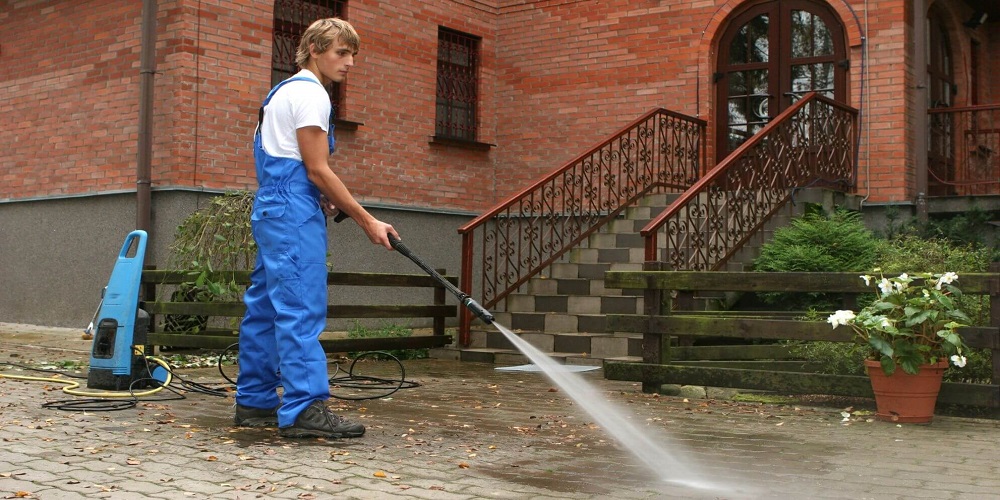When compared to other common pumping applications, pressure washing necessitates a pump capable of creating high pressure with minimal flow. The pump must also be small, compact, and cost-effective.
This guide will lead you through the main types of pressure washer pumps, highlighting what makes them unique as well as the primary benefits and drawbacks.
You'll be familiar with the various varieties and what they have to offer by the end.
Types of Pumps
Positive displacement pumps are classified into two types:
Reciprocating – These use Pistons, plungers, or diaphragms.
Rotary - This type of machine makes use of screws, gears, vanes, or lobes.
According to pressure washer literature, there are three types of pumps all of which are piston or plunger types.
Pump with a Wobble Plate
A wobbling plate connected to the motor shaft pushes pistons back and forth, causing suction and then forcing the water out.
Each piston has a big spring that allows the wobbling plate to push against it. The pump has a nearly 70% of efficiency rate because it shoves away the water and springs.
Used in: These pumps are mostly found in washers having less than 2500 PSI and a 2GPM of flow rate.
Pros
There are no seals that move back and forth with the piston, it is self-priming, it can run dry, and it can produce high pressures.
Cons
The presence of many moving elements adds complexity and reduces flow. Economical replacement is not possible. Other pumps are more efficient.
Swash Plate Pump
Also known as axial cam, is constructed similarly to the wobble pump. The feature that makes it different from a wobble pump is its working of pistons, these revolve around the swashplate, allowing it to store more oil reservoirs along with bearing. Which a result extends the lifespan of its bearings.
Used in: Most pressure washers with a maximum pressure of 3500 PSI are built with a swashplate pump.
Pros
They are small, light, and compact. The flow may be adjusted by modifying the swashplate angle. Self-priming. Wobble has a longer life and is more efficient.
Cons
Runs at engine speed and cannot be cooled as readily as a pump because the cylinders rotate. If a rotating mass is not properly balanced, it might cause excessive vibration.
Plunger Pump with Crankshaft Drive
These are used in professional-level pumps because they allow for very high pressure and may run for thousands of hours without requiring maintenance. Because they spin at a lower rpm than the engine, they are approximately 90% efficient and function much cooler than other pumps.
Used in: Most pressure washers with a pressure higher than 3000 PSI.
Pros
Extremely efficient. Stationary seals have a longer life, are less prone to leaks, and can withstand significantly higher pressures. Lowering the running speed allows it to operate cool, which increases operating life.
Cons
The cost of acquisition is higher.
Final Words
Wobble pumps, triplex pumps, and axial cam pumps are the most common. You may be inclined to triplex pumps because they are the most powerful. However, keep in mind that you can only select one that is compatible with your pressure washer.


